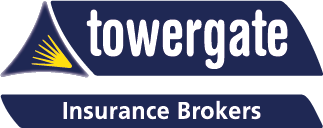Prompted by a recent sharp increase in laundry room fires, our colleagues at Stallard Kane have created the following guide on how to prevent the worst from happening.
Remember, it’s not just designated launderettes that are at risk from fire incidents; any commercial laundry environment, like a campervan site, hotel or marina, is potentially at risk if the right protocols aren’t followed.
What are the main risks?
Lack of supervision
One of the primary fire risks in small laundry operations is when individuals leave laundry equipment unattended. Leaving a site unattended means faults or issues may go undetected until a fire starts.
Spontaneous combustion
Unlike in most industries, many of these fires do not need an external source of ignition as spontaneous combustion is a common cause of fires. Among the areas at risk of this are:
- dryers not having a cool down cycle
- towels taken from dryers and left stacked
- laundry containing oil, e.g. from kitchens or industry, that have not been correctly washed and then left stacked
Lack of general ventilation in summer can cause the ambient temperatures in buildings to rise, making the step to spontaneous combustion easier.
Combustible materials
The presence of combustible items such as clothing, towels and washing products can cause a fire to spread even more quickly. The build-up of lint, if ignited, can spread the fire at an extremely fast rate, so it is vitally important that this is controlled and understood. There is also the possibility of large volumes of gas on site to power steam boilers and dryers.
The most severe risks include potential loss of life or serious injury from fire temperatures and toxic smoke. Not following safety measures can lead to devastating consequences including total property loss, business interruption and legal liabilities.
What can I do?
Carry out a fire risk assessment
Understanding the importance of a comprehensive fire risk assessment is crucial for identifying and evaluating fire hazards.
This responsibility lies with the occupiers and owners of business premises. By law, a competent person must carry out the risk assessment and implement necessary control measures to mitigate fire risks. If you do not have a competent person available in your business, we can offer this service to you.
The assessment should cover:
- The construction of the premises
- Working practices
- Potential ignition sources
- Likely fire-spread potential
- Suitability and standards of fire protection systems including alarms, fire doors, emergency lighting, escape signage, and extinguishers
- Fire procedures
- Escape routes
- Access to laundry rooms for fire brigades.
You should also ensure that the fire risk assessment considers DSEAR risks that may be present on site, and whether there is a need for a full DSEAR assessment to be undertaken.
Fire protection systems
Install or upgrade to an automatic fire alarm system conforming to BS5839 standards. This system detects smoke or heat and automatically sounds an alarm, alerting everyone in the building to the potential fire.
It should be noted that many fire brigades no longer attend automatic fire alarm calls in the daytime to most business without secondary confirmation, so ensure you have a recognised procedure in place to ensure the fire brigade are called correctly and that staff know and understand this.
A fire risk assessment would also look at the need for a fire suppression system should within the premises, which can be linked to existing fire alarm systems.
For any fire protection system, there is a need to ensure that they are regularly maintained in house as well as being serviced periodically by competent persons.
Ensure electrical safety
To prevent electrical fires, have the installation tested regularly by a qualified electrician in line with BS 7671 and carry out regular inspections of electrical equipment including sockets and switches.
Ensure the installation has the correct safety measures, such as RCD (residual current device) protection and AFDD (arc fault detection devices), which quickly disconnects a circuit when it detects an imbalance in the current flow.
It is also vital to avoid the use of extension leads, which can overheat and cause fires. All equipment should be PAT tested, ideally every six months.
Install and maintain fire extinguishers
Your business should always have appropriate fire extinguishers, including portable ones in laundry rooms.
Fire extinguishers require regular servicing by a qualified person even if not used and this should be done each year to ensure they are fit for purpose and will work if needed.
It is also important to have members of your team trained on their specific use.
Carry out regular training and drills
All staff members should be trained in the fire procedures that you have in place, including what to do should they discover a fire and where and how to evacuate. Those members of staff that have additional responsibilities with regard to fire safety (fire wardens for example) should be provided with additional and suitable information, instruction and training to allow them to carry out their roles effectively and safely.
Fire drills should be undertaken periodically. These should be documented and reviewed to ensure that the fire procedures that you have in place are suitable and sufficient. Where issues arise it will allow you to review and reissue your fire procedures.
Five essential laundry room fire safety tips
- Watch for spontaneous combustion
Over-dried laundry packed tightly can ignite due to retained heat and chemicals.
- Ensure thorough cleaning
Textiles must be washed thoroughly to remove all oils and fats, reducing fire risk.
- Cool laundry before storing
Always vent and cool dry laundry before storing to prevent ignition.
- Use safe laundry chutes
Construct laundry chutes from non-combustible materials with self-closing shutters for fire resistance.
- Maintain cleanliness and security
Clean equipment, store flammables properly, and secure laundry areas to prevent fires and keep access routes clear so emergency evacuation is not hampered.
Don’t wait for the worst to happen
Unsure how to optimise your approach to health and safety? Simply contact your local Towergate adviser for further guidance and information.


